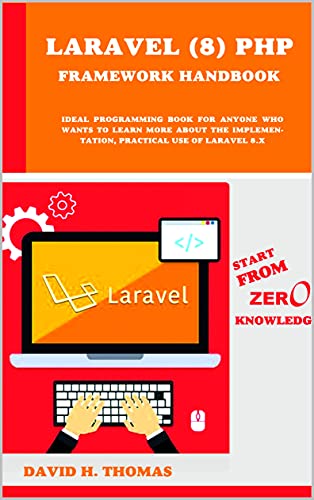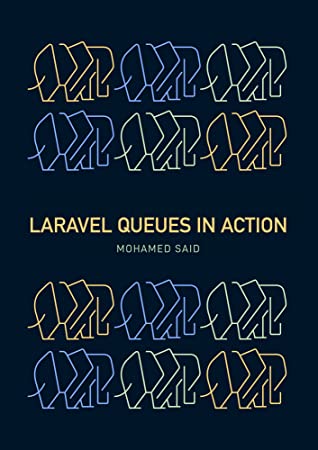Download this PDF book: python tools for scientists an introduction to using anaconda, jupyterlab, and python’s scientific libraries by lee vaughan.
Why Python?
Because you’re reading this book, you’ve probably already made up your mind about using Python.
If you’re still mulling it over, however, let’s look at some reasons why you might want to choose Python for scientific programming. Otherwise, feel free to skip to the next section, “Navigating This Book” on page xxvii.
Python’s design philosophy stresses simplicity, readability, and flexibility.
These priorities make it a useful language for all stages of research and scientific endeavors, including general computing, design of experiments, building device interfaces, connecting and controlling multiple hardware/software tools, heavy-duty number crunching, and data analysis and visualization.
Let’s take a look at some of the key features of Python and why they are great selling points for science
About the Author
Lee Vaughan is a programmer, educator, and author of Impractical Python Projects (No Starch Press, 2019) and Real-World Python (NoStarch Press, 2021).
As an executive-level scientist at ExxonMobil, he constructed and reviewed computer models, developed and tested software, and trained geoscientists and engineers. His books are dedicated to helping self-learners develop and hone their Python skills and have fun doing it!
BRIEF CONTENTS
Acknowledgments
Introduction
PART I: SETTING UP YOUR SCIENTIFIC CODING
ENVIRONMENT
Chapter 1: Installing and Launching Anaconda
Chapter 2: Keeping Organized with Conda Environments
Chapter 3: Simple Scripting in the Jupyter Qt Console
Chapter 4: Serious Scripting with Spyder
Chapter 5: Jupyter Notebook: An Interactive Journal for Computational
Research
Chapter 6: JupyterLab: Your Center for Science
PART II: A PYTHON PRIMER
Chapter 7: Integers, Floats, and Strings
Chapter 8: Variables
Chapter 9: The Container Data Types
Chapter 10: Flow Control
Chapter 11: Functions and Modules
Chapter 12: Files and Folders
Chapter 13: Object-Oriented programming
Chapter 14: Documenting Your Work
PART III: THE ANACONDA ECOSYSTEM
Chapter 15: The Scientific Libraries
Chapter 16: The InfoVis, SciVis, and Dashboarding Libraries
Chapter 17: The GeoVis Libraries
PART IV: THE ESSENTIAL LIBRARIES
Chapter 18: NumPy: Numerical Python
Chapter 19: Demystifying Matplotlib
Chapter 20: pandas, seaborn, and scikit-learn
Chapter 21: Managing Dates and Times with Python and pandas
This book is for scientists and budding scientists who want to use the Python programming language in their work.
It teaches the basics of Python and shows the easiest and most popular way to gain access to Python’s universe of scientific libraries, the preferred method for documenting work, and how to keep various projects separate and secure.
As a mature, open source, and easy-to-learn language, Python has an enormous user base and a welcoming community eager to help you develop your skills.
This user base has contributed to a rich set of tools and supporting libraries (collections of precompiled routines) for scientific endeavors such as data science, machine learning, language processing, robotics, computer vision, and more.
As a result, Python has become one of the most important scientific computing languages in academia and industry.
Popularity, however, comes with a price. The Python ecosystem is growing into an impenetrable jungle. In fact, this book sprang from conversations with scientific colleagues in the corporate world. New to Python, they were frustrated, stressed, and suffering from paralysis by analysis.
At every turn, they felt they had to make critical and difficult decisions such as which library to use to draw a chart and which text editor to use to write their programs.
They didn’t have the time or inclination to learn multiple tools, so they wanted to choose the option with the fewest repercussions down the road.
This book is designed to address those concerns. Its goal is to help you get started with scientific computing as quickly and painlessly as possible. Think of it as a machete for hacking through the dense jungle of Python distributions, tools, and libraries
About the book:
Publisher : No Starch Press (January 17, 2023)
Language : English
Pages : 744
File : PDF, 9MB
Free Download the Book: Python tools for scientists
PS: Share the link with your friends
If the Download link is not working, kindly drop a comment below, so we'll update the download link for you.
Happy downloading!








